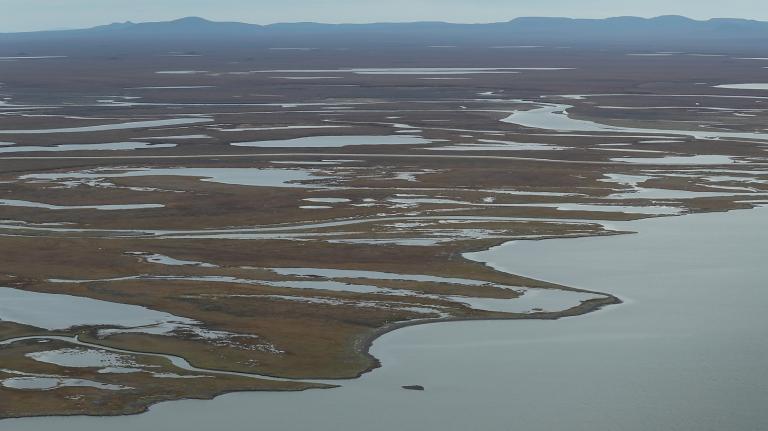It’s Thursday, January 5, and New York state has a new law to protect overburdened communities from pollution.
In New York state, Governor Kathy Hochul has signed new legislation to protect disadvantaged communities from pollution.
The law, which passed both chambers of the New York State Legislature last spring, requires proposed polluting facilities such as power plants, wastewater treatment facilities, and bus depots to undergo a comprehensive environmental justice assessment before being sited in low-income communities and communities of color. Rather than considering pollution only from their own operations, developers will have to account for the combined impact of all of the area’s existing sources of pollution when they evaluate whether their proposed facilities would place a “disproportionate burden” on those living nearby.
These assessments will be reviewed by New York’s Department of Environmental Conservation and could be grounds for rejecting proposed projects, depending on how the agency ultimately decides to define the term “disproportionate burden.”
Sonal Jessel, director of policy at the nonprofit WE ACT for Environmental Justice, said the legislation fills an urgent gap in New York state’s environmental laws. Old permitting policies were creating a “cumulative burden of environmental hazards,” she told me, causing elevated rates of asthma, lung disease, and cancer in New York’s disadvantaged communities. Mirroring a nationwide trend, research shows that some New York communities of color face elevated health risks from nearby polluting facilities, with some seeing asthma hospitalization rates that are five times higher than the national average.
The new bill is intended to help close that disparity, following in the footsteps of similar legislation that passed in New Jersey in 2020 to protect poor communities of color from industrial pollution. It builds on New York’s landmark 2019 Climate Act, which — in addition to committing the state to reaching net-zero greenhouse gas emissions by 2050 — set a target to deliver at least 35 percent of the benefits from the state’s climate programs to disadvantaged communities.
In the news
Germany lagging emissions goals despite renewables boom – think tank
Riham Alkousaa, Reuters
➤ Read more
National Park Service cut its special agents by nearly half, memo shows
Rob Hotakainen, E&E News
➤ Read more
A new EPA proposal is reigniting a debate about what counts as ‘renewable’
John McCracken, Grist
➤ Read more
Collapse, contamination: Mexican scientists sound alarm at Mayan Train
Cassandra Garrison, Reuters
➤ Read more
What really happens to your clothes after you donate them
Allyson Chiu, The Washington Post
➤ Read more


